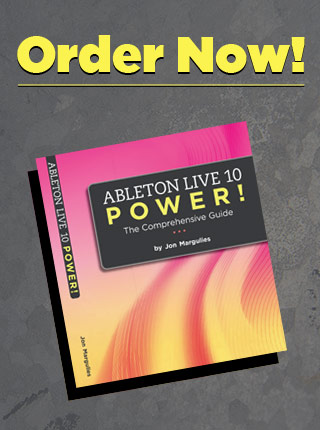A little more about the advanced options that appear when you unfold the Output or Input ports in the MIDI/Sync tab of Live’s Preferences screen.
By default, the MIDI Clock Type for Output sync is set to Song mode:
First off, the name of this parameter tells you an important piece of information: Live only generates Midi Clock, a type of sync signal that generates a simple pulse to control tempo. Song mode simply means that a pointer indicating the position in the arrangement is set as well meaning that if you play back from bar 54 of the arrangement on the Master computer, the slave computer should play back from that same location as well.
This can also be set to Pattern mode which will disable this behavior. It’s possible that if you’re using Live to send sync to a hardware device, Song could cause undesirable behavior, causing the device to jump around in song mode when you just want it to play back the current pattern.
For Input ports, the options are a little different:
Notice here that the parameter name for the menu is Sync Type. This lets you know that Live can sync to more than one type of sync signal: Midi Clock or MIDI Timecode.
MIDI Timecode is a MIDI implementation of SMPTE timecode, a higher resolution sync signal used in film and video, and also used to implement sync in an analog environment. (SMPTE can be recorded on to standard audio tape). In an environment that strictly uses SMPTE, there are converters that can transform the signal to MIDI Timecode.
With Frame Rate set to All, Live will attempt to automatically determine the frame rate being sent and sync to it. Or, you can find out from the source device what frame rate it is sending and specify that in this menu.
MTC Start Offset allows you to specify what location in the incoming timecode will be interpreted as Live’s arrangement start point. In other words, a video might have color bars and other utility business at the start. By specifying an offset point that occurs after all this, you can make Live’s playback begin when the video program actually starts.





